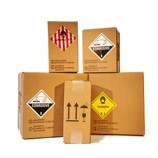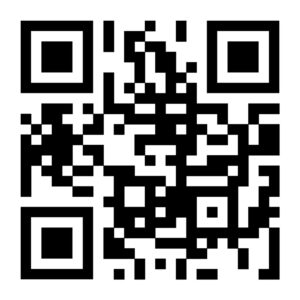UN means dangerous goods!
There are so many regulations that are legal requirements you, as the sender, must comply with.
We often write about Heavy Duty corrugated cardboard on our blog, website, and LinkedIn.
But in fact, we are also specialists in dangerous goods packaging!
(You can usually see the labeling on the box in the overview.)
In a short blog post, we cannot map out all the regulations or be specific about exactly which packaging you need for the product you want to ship.
What we can do, however, is provide a brief insight into what dangerous goods are, what your responsibilities are, and what the codes on the boxes mean.
What are dangerous goods?
Dangerous goods include materials and substances that can pose a risk to people, animals, the environment, or property during transport. Examples include: 
- Flammable products
- Flammable liquids (e.g., gasoline)
- Gases (e.g., butane or oxygen)
- Corrosive substances (e.g., battery acid)
- Infectious biological and toxic substances
Key Role and Responsibilities
- The sender must correctly classify, package, and label dangerous goods.
- The carrier must have the correct documentation and ensure that the cargo is handled in accordance with applicable regulations.
- The receiver must be prepared for proper receipt and storage.
Labeling that makes a “noticeable” difference:
🔹 Why use 4GV?
Flexibility:
You can pack most dangerous substances without needing to perform a selective test for each product.
Approved for air transport:
All our 4GV boxes are tested according to ICAO/IATA requirements and can be used for air shipments.
Increased safety:
They are designed to withstand demanding transport conditions (impact, pressure, leakage, etc.).
Arne Hammer (pictured), both owner and manufacturer at FARUSA, 
is also one of the hazardous goods specialists who assists customers when they reach out.
“We take pride in delivering the entire process to our customers – from proper guidance to the production and delivery of the packaging,”
says Arne Hammer.
INFO:
There are two types of boxes:
4GV:
Designed for variable contents and intended as a generic solution.
4G:
Must contain the exact same contents it was tested and approved for – and may only be used with that specific content!
Example of labeling:
4GV / X34 / S / 20 / DK / ETI-01008
4G / X50 / S / 20 / DK / ETI-05020
4G / Y75 / S / 20 / DK / ETI-05020
4G / Z110 / S / 20 / DK / ETI-05020
Are you on top of the regulations in your company?
Let FARUSA guide you – before something goes wrong!
Scan the code, and give us a call






